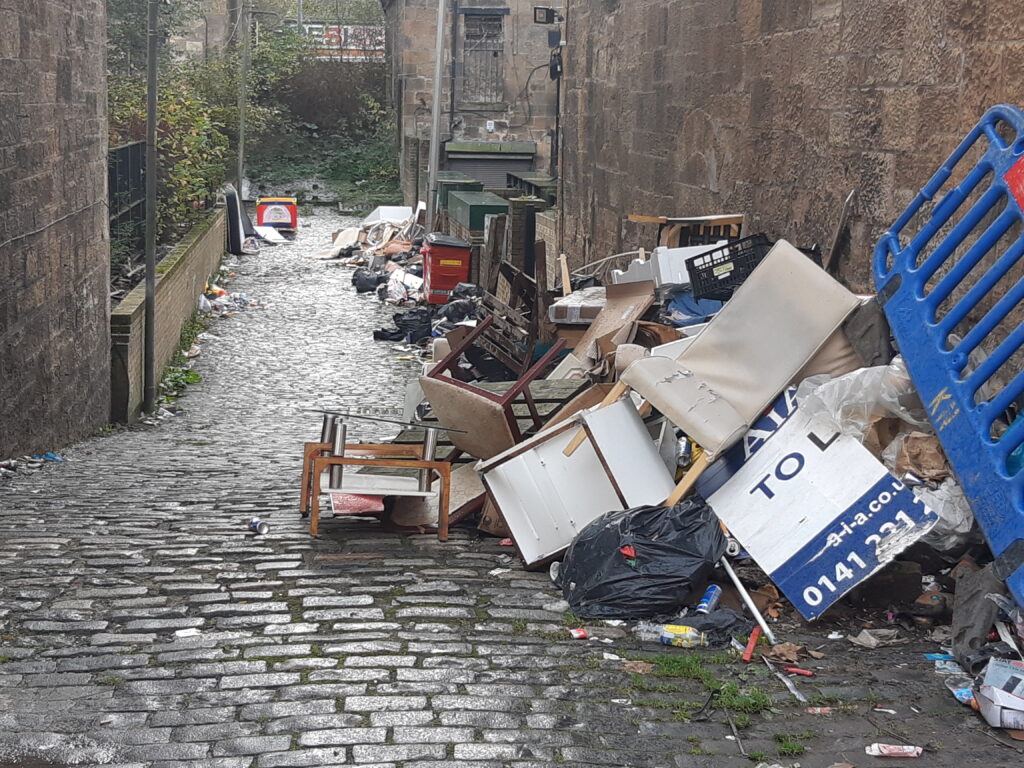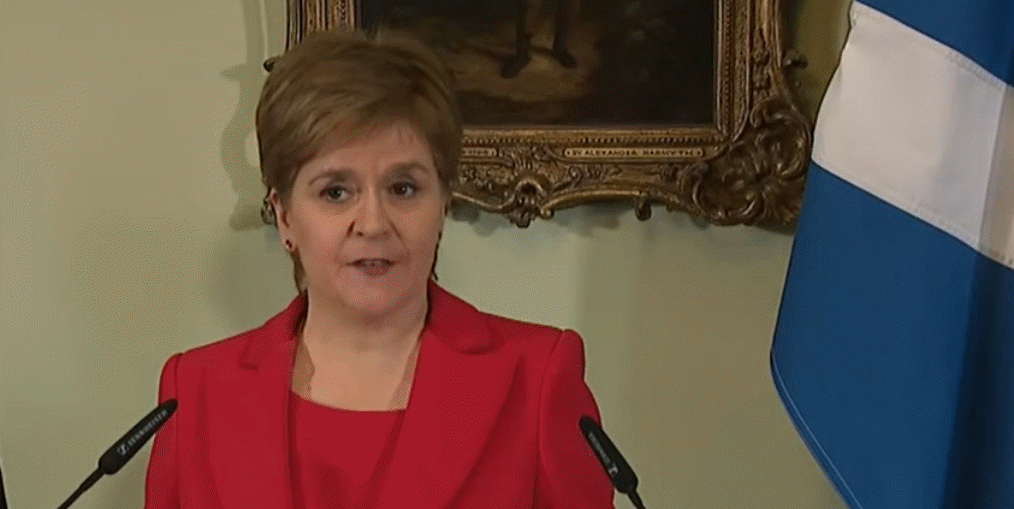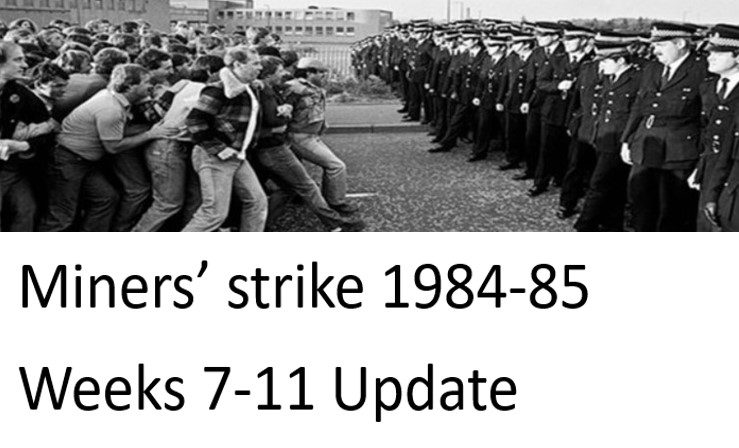By Gray Allan, Falkirk Labour Party member
On Wednesday 15th February there was a shock announcement in Scotland with Nicola Sturgeon calling, at very short notice, a press conference to say she was to resign as First Minister of Scotland and leader of the Scottish National Party (SNP). The process to elect her replacement as Leader of the SNP will be started and she will step down once her successor is elected. The new SNP Leader will automatically become Scotland’s First Minister as this post is not a directly elected one.
This came as bolt from the blue. The shock within the ranks of the SNP is clear for all to see as is the schadenfreude in Scottish Labour, Lib Dems and the Tories. There had been chatter in the media for some time now over Sturgeon’s future. Rumours of a job offer in the EU or a post at the UN abounded.
Sturgeon admits she is a divisive figure in Scotland
In her statement to the Press and media from the podium in Bute House Edinburgh, she mentioned the brutality of politics in the social media age, her fifteen years as First Minister or deputy and she conceded that she was seen as a divisive figure when the SNP now needed to reach out to those who did not agree with them on independence. She insisted that her decision was not down to the disagreements in her Party over the proposed changes to the Gender Recognition Act (see the Left Horizons article on that matter here) even though the SNP is reported to have lost 30,000 members over the issue.
With reference to the special SNP conference planned for March (since cancelled) about their independence strategy she said tellingly that she wanted her proposal, ie for the next General Election to be seen as a ‘de facto’ Independence Referendum, to be considered on its merits without it relying on voting based on loyalty to her as the leader. She also said she felt she could no longer give the role the energy that she believed it needed.
Differences on how to pursue the independence agenda
Up until recently the Nationalist movement thought Sturgeon could walk on water. But now that she’s resigned the extent of the divisions in the SNP have all come to light. Her image was tarnished last year following the blocking of the second independence referendum by the UK Government. Her tactic of using the next General Election as a ‘de facto’ Referendum was regarded as at best weak or at worst a betrayal by the fundamentalist wing of her Party. Many of these members think that she should hold a Catalonian-style consultative referendum on 19 September 2023, the date she had previously announced.
Even the wiser heads in the SNP leadership had doubts about trying to turn a General Election into a single issue campaign. And how would success be measured? A majority of SNP MPs being elected, but without a majority of the popular vote? With Labour far ahead of the Tories in the polls, the chance of a Westminster Labour Government is now looking more likely. Would soft SNP voters switch back to Labour, given the chance to get rid of a Tory Government at Westminster? The pressure was mounting, and it was all bearing down on Nicola Sturgeon. She is not reputed to be a collegiate First Minister. She takes decisions on her own after discussing with a very small circle of advisers.
She faced other problems too. For the first time, a split in SNP ranks became public over changes to the Gender Recognition Act, now blocked by the UK Government, with MP Joanna Cherry KC voicing public criticism of Nicola Sturgeon. Such a public breach of SNP internal discipline would have been unheard of in the past.
Failure to deliver on domestic issues
Other problems include the shambles made of the contracts to build two new ferries for the Western Isles service and the appalling level of drug-related deaths in Scotland, now the highest in Europe.
The SNP Government had also promised to close the attainment gap in education between the most deprived 20% and the least deprived 20%, but have patently failed. For literacy, the gap has only reduced from 22.1% to 21.3% (for P1, P4 and P7 pupils combined) in the five years since 2016-17. And for numeracy, the gap has actually widened from 17.6% to 17.8% (figures from a Scottish Government official statistics report). Local government has been cut to shreds with the Scottish Government withholding much of the Barnett Consequential local government funding for other projects. The NHS is in crisis with bed blocking due to the collapse of social care and with A&E waiting times soaring.
And on top of everything else, internally, the SNP is dealing with a police investigation into £600,000 missing from Party funds, and a loan to the Party by her husband, Peter Murrell, who is the Chief Executive Officer of the SNP.
Splits in the SNP group of MPs at Westminster
Things had not been going her way in Westminster either. Her loyal leader of the SNP Parliamentary Party, Ian Blackford, was replaced by Stephen Flynn, who is more critical of Sturgeon and of the ‘de facto’ Referendum strategy for the next UK general election. It was always difficult to see how the SNP could go ahead with the special Party Conference planned for 19 March to discuss their independence strategy, so it is no surprise it now has been cancelled.
There is no doubt that Sturgeon is a ‘Marmite’ figure: people either love her or loathe her, feelings usually linked to their views on Scottish Independence. Her speeches and sound bites were always liberally peppered with barbed and often gratuitous comments about her opponents, earning her the nickname of the “Nippy Sweetie”. These went down well with her supporters but absolutely infuriated her opponents. Her handling of the COVID-19 crisis was generally seen to be competent. Attempts by Labour’s Jackie Baillie to halt her daily media briefings on the grounds that they were ‘Party political broadcasts’ backfired badly.
SNP focus on independence instead of issues facing working people
All this has absolutely no impact on the cost of living crisis and the perfect storm of public service cuts hitting the working class in Scotland. While the constitution is still dominating politics in Scotland, as confirmed by the consistently high polling for the SNP, other demands are now being heard.

Rubbish in the back alleys is a common sight in Govanhill, part of Nicola Sturgeon’s Glasgow Southside constituency.
Photo credit: David Cartwright
Many workers on phone calls or interviewed in the street on the day of her resignation were saying that Sturgeon has concentrated on independence at the expense of domestic issues. That included many people in her own constituency of Glasgow South Side where rubbish in the streets and pest infestation are a serious problem. One interviewee, Tommy Glasford, told the BBC that he was a support worker in the area and he said “Her constituency is a disgrace”. Some of the people he provides support for are affected by pest infestations. “And their flats are clean, it’s just the back gardens and the rubbish left lying about” he said.
Now the media will be full of reports of declared candidates, possible candidates, who is in the running and who is out of the running? What is the latest intrigue? Who is knifing who in the back? John Swinney? Has been First Minister before and was dumped by his own Party? Humza Yousuf? Ran the Scottish NHS on to the rocks. Kate Forbes? Member of he Free Presbyterian Church and will have real problems with gender recognition. And on and on and on. And while all attention is on this sideshow Councils will slash services, families will fall into dire poverty, having to choose to heat the home or feed the kids. The condition of workers in Scotland will deteriorate while Scotland’s ruling Party burns itself up over which candidate will lead them to the promised land of Independence.



